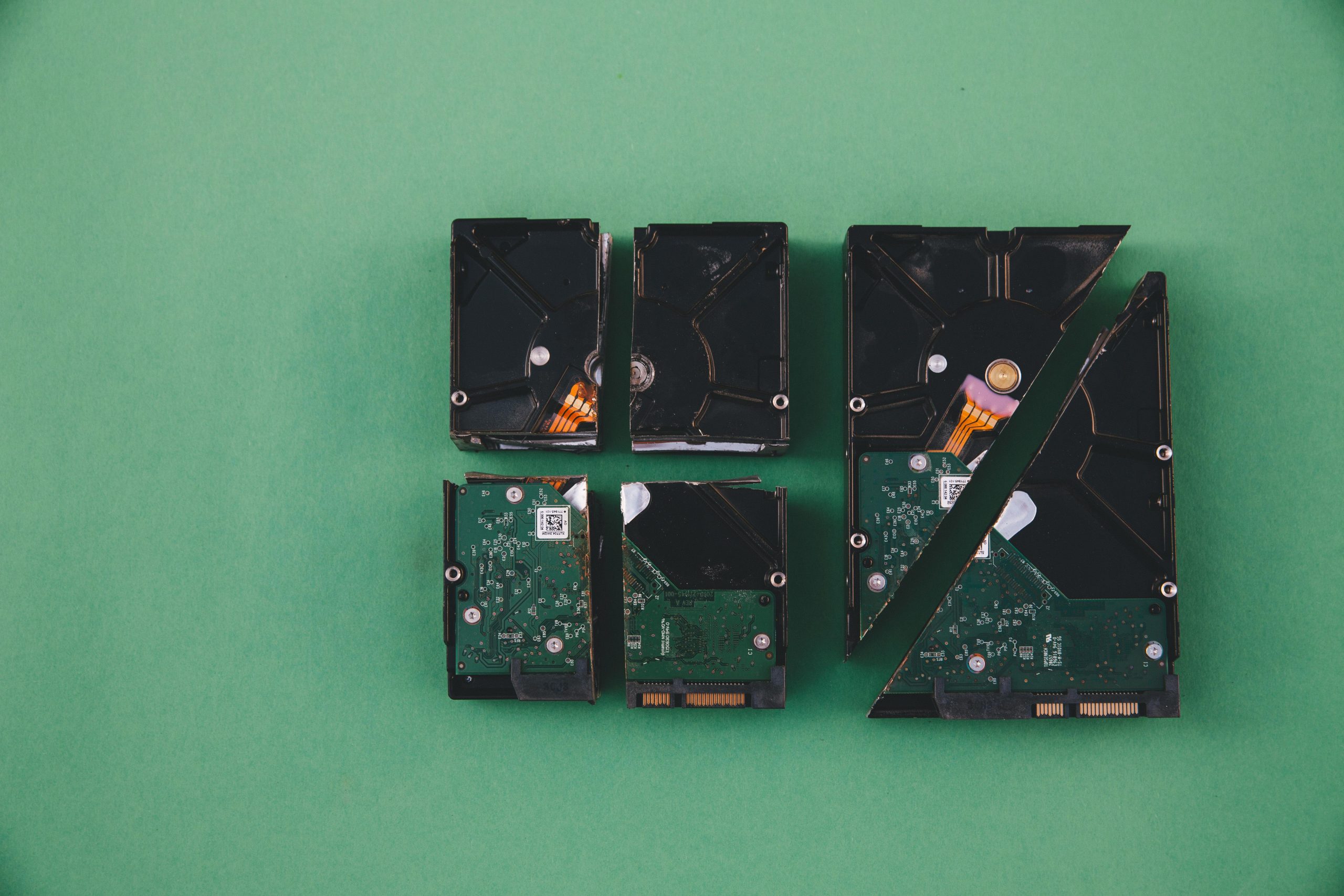Troubleshooting Lost Files on DJI Osmo Pocket: Restoring Access to Your Footage
If you’re a DJI Osmo Pocket user and have encountered an issue where your DCIM folder disappears despite having ample storage space, you’re not alone. Many users experience this perplexing problem after attempting to repair or modify video files. In this article, we’ll explore common causes, best practices for recovery, and recommended tools to help you retrieve your valuable footage.
Background and Scenario
Initially, users typically connect their DJI Osmo Pocket to a MacBook and can see all captured media organized within the DCIM folder structure—usually DJI_001, DJI_002, and other directories. Problems often arise after attempting to repair corrupted video files with recovery software. In some cases, the user safely ejects the device, but then notices that one or more folders disappear from the file system, while the overall storage consumption remains unchanged (e.g., approximately 142 GB of data is still flagged as used).
This discrepancy can be alarming, especially when the media files are no longer accessible directly through the file explorer, and the storage stats suggest the data is still there, hidden or corrupted.
Common Causes
- File System Corruption: Using recovery or repair software can sometimes alter directory structures, rendering folders invisible or inaccessible.
- Directory Index Corruption: Video file repairs may inadvertently damage the directory indexing, making certain folders disappear.
- Hidden Files: Sometimes, folders are hidden due to file system issues or corrupted metadata.
- Partial Data Loss: While files are still occupying space on the SD card, the pointers or directory entries may be missing or damaged.
Recommended Steps for Recovery
1. Don’t Write New Data to the SD Card
Avoid recording new videos or formatting the card. This helps prevent overwriting existing but inaccessible data.
2. Create a Disk Image Before Proceeding
It’s prudent to clone the SD card to a disk image file. This preserves the current state and allows you to attempt recovery without risking further damage. Mac users can utilize tools like dd via Terminal or dedicated disk imaging software.
3. Use Reputable Data Recovery Software
Several tools are well-regarded for photo and video recovery on macOS:
- Disk Drill: User-friendly with robust recovery algorithms suitable for MP4/MOV files.
- PhotoRec: Open-source and capable of deep file carving, especially useful if directory structures are damaged
Share this content:


